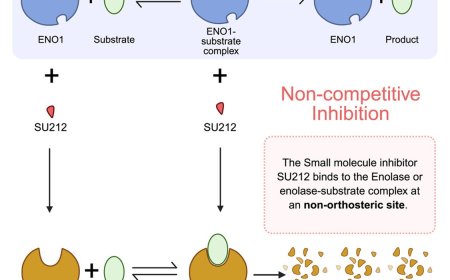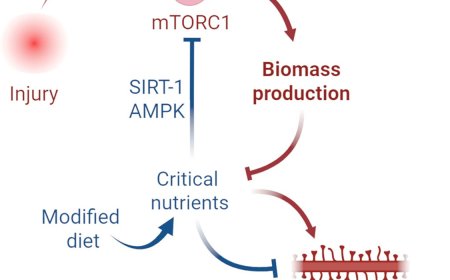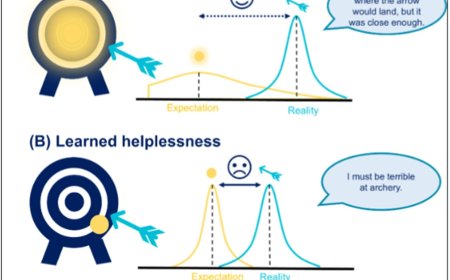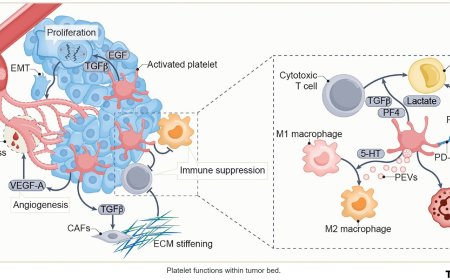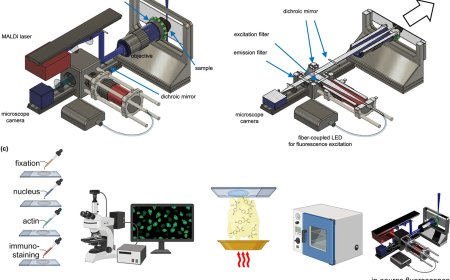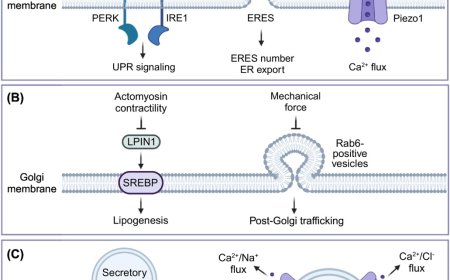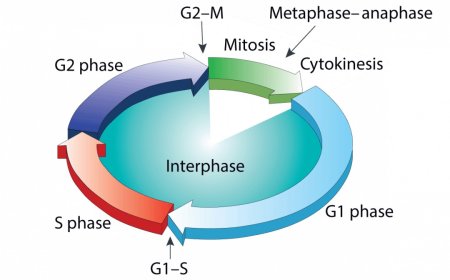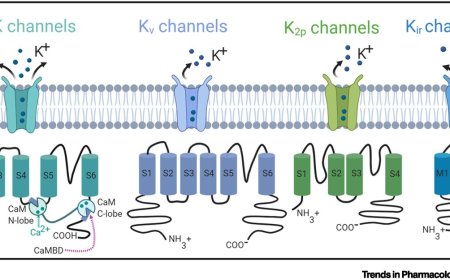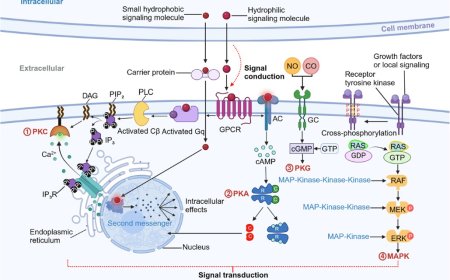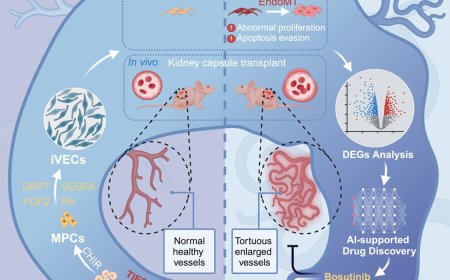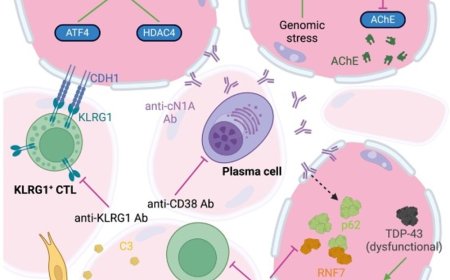Increased cholesterol synthesis drives neurotoxicity in multiple sclerosis
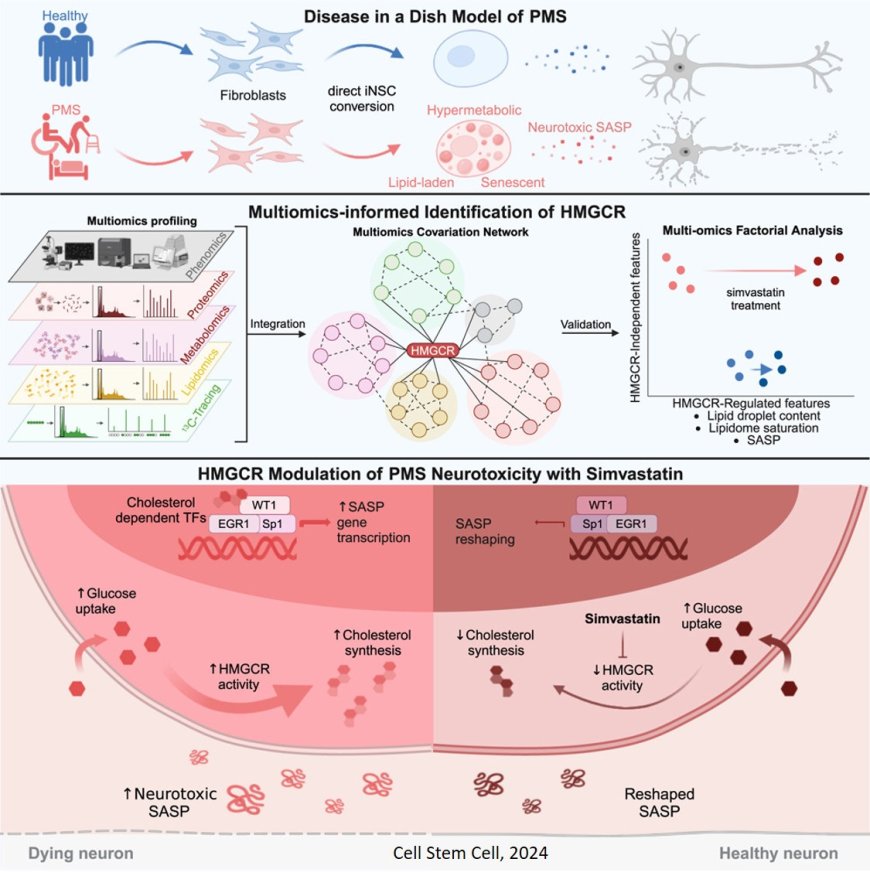
Multiple sclerosis patients brain contain senescent progenitor cells but its role in disease pathobiology is unclear.
The researchers in this reveal that induced neural stem cells (iNSCs) from patients with progressive multiple sclerosis (PMS) are senescent and exhibit a senescence-associated secretory phenotype (SASP) linked to increased cholesterol synthesis and accumulation of lipid droplets.
A 3-hydroxy-3-methylglutaryl (HMG)-coenzyme A (CoA) reductase (HMGCR)-mediated lipogenic state was found to induce a SASP in PMS iNSCs via cholesterol-dependent transcription factors.
Small molecule-based inhibition of HMGCR decreased cholesterol synthesis modifies by the neurotoxic secretome of PMS iNSCs, enhancing their cytoprotective properties.
https://www.cell.com/cell-stem-cell/fulltext/S1934-5909(24)00328-X
